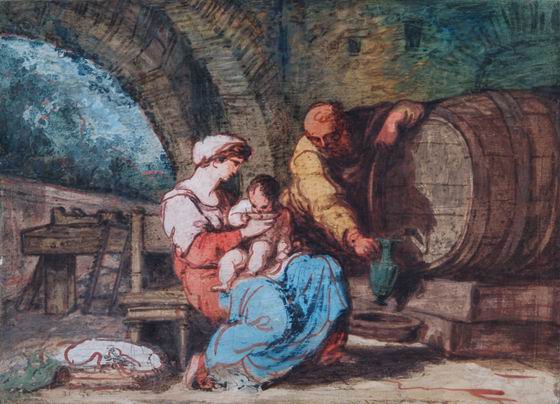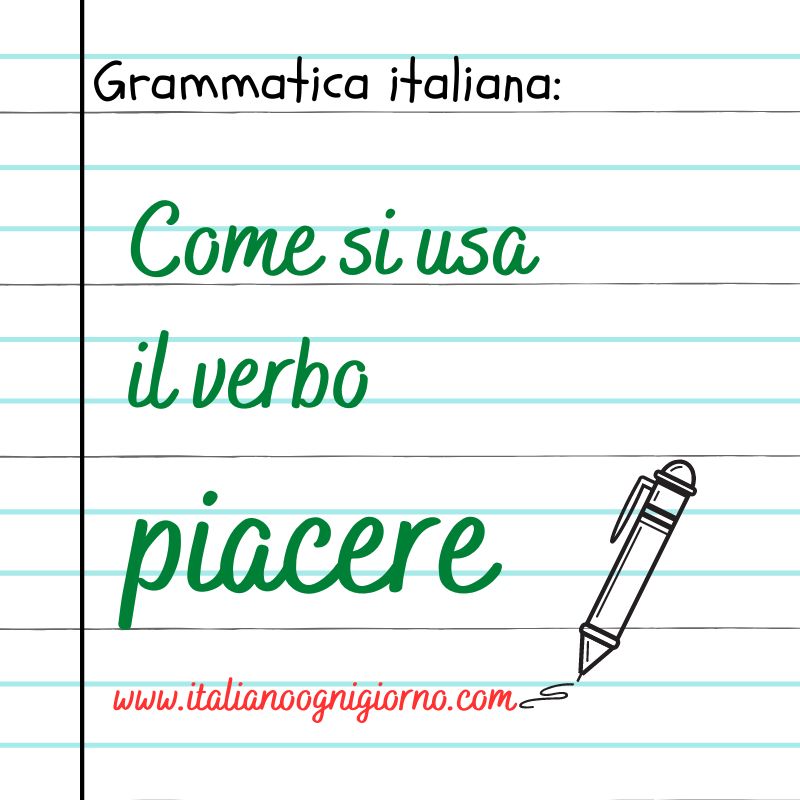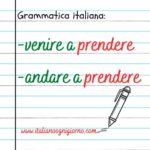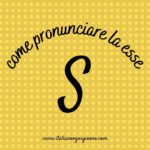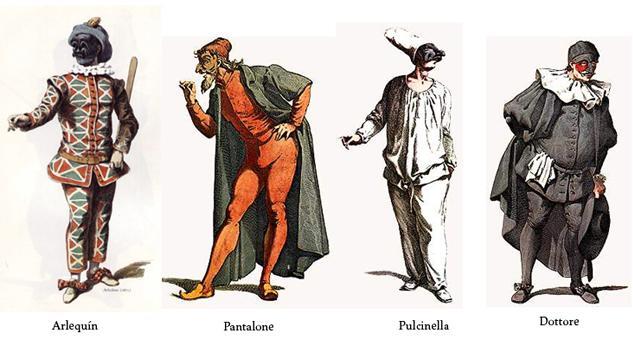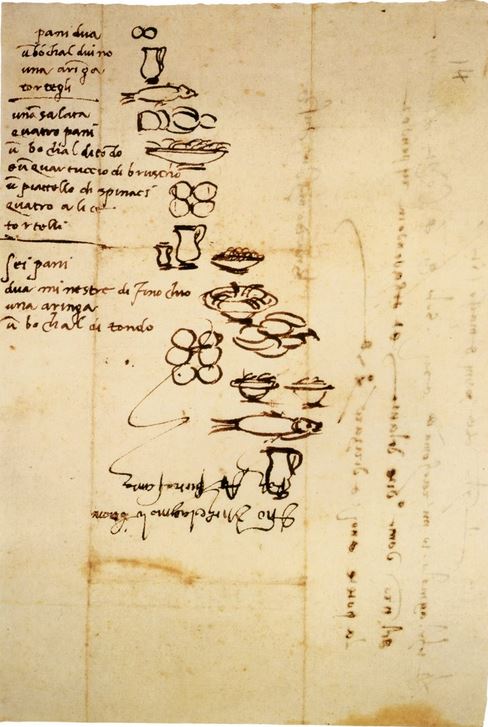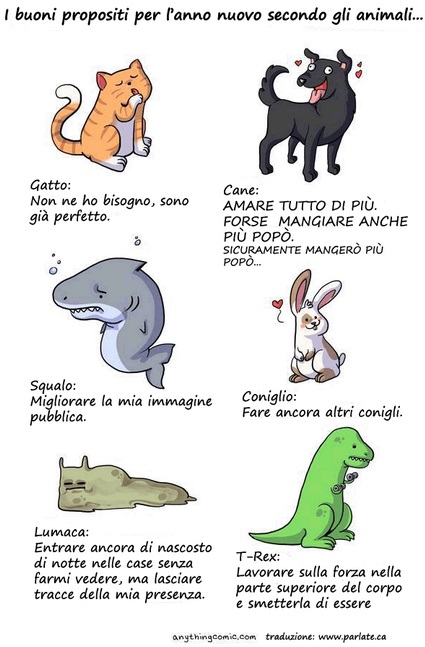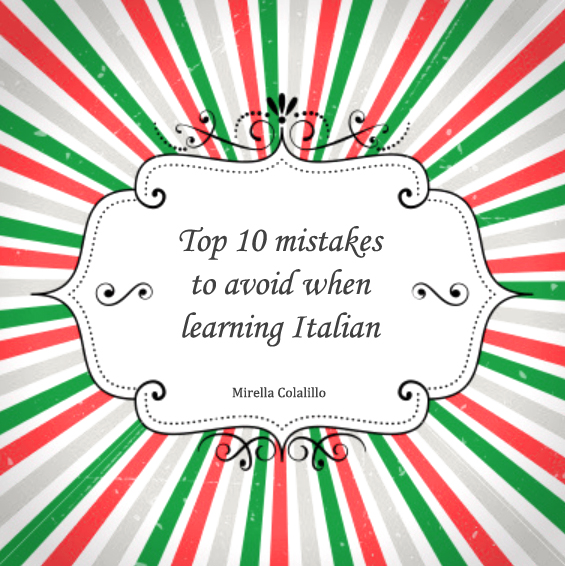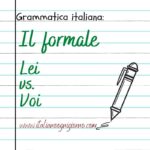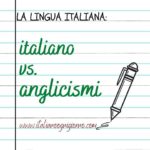Chi lavora con le sue mani è un lavoratore.
Chi lavora con le sue mani e la sua testa è un artigiano.
Chi lavora con le sue mani e la sua testa ed il suo cuore è un artista.
~ San Francesco D’Assisi
He who works with his hands is a laborer.
He who works with his hands and his head is a craftsman.
He who works with his hands and his head and his heart is an artist.
~ St. Francis of Assisi
Buona festa del Papà to my father, a hard worker, a craftsman and an artist.
March 19 is St. Joseph (San Giuseppe) in Italy where it is celebrated as Father’s Day because San Giuseppe was un uomo e padre fantastico! A man that talked little and worked a lot, respected women, escaped oppression, followed his dreams, and provided for his childrens’ future.
In the painting Felice Giani humanizes the religious theme of the Holy Family where St. Joseph in his carpenting shop lovingly fills a jug of wine from a large barrel. In the background you can see his work table on which lay his working tools.
San Giuseppe is a role model. A man who interprets the messages of his dreams and puts them into action. He first marries his girlfriend who is pregnant of a child that is not his own, sheltering them from contempt and a merciless punishment. He then carries out his second dream. He emigrates to a foreign land to escape the rule of a tyrant, and thus saves the future of his child. At last, after having rasied and taught his son a job, he realizes that at twelve years of age he is capable of dealing with the alleged wise men of the country. At this point his tasks are complete and he retires to the sidelines without honors or rewards. With a father like that no wonder (non cè da meravigliarsi) Gesus became a hero!
It may also be that San Giuseppe taught him the importance of languages and communication which I’m sure came in very handy as the saviour (il salvatore).
When my father emigrated to Canada he actually learned how to speak English fairly well compared to his brothers, setting an example for his children about the importance of learning and improving.
And talking about hard work…I know that when it comes to languages lots of work is required including tongue-twisters (scioglilingua), a useful tool to improve pronunciation and fluency. So here’s a popular Italian tongue-twister…at two different speeds.
How fast can you say it without stumbling?
Sopra la panca la capra campa,
sotto la panca la capra crepa.
Speed 1
Speed 2
________________________

